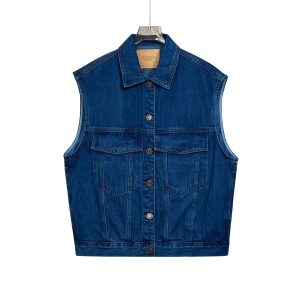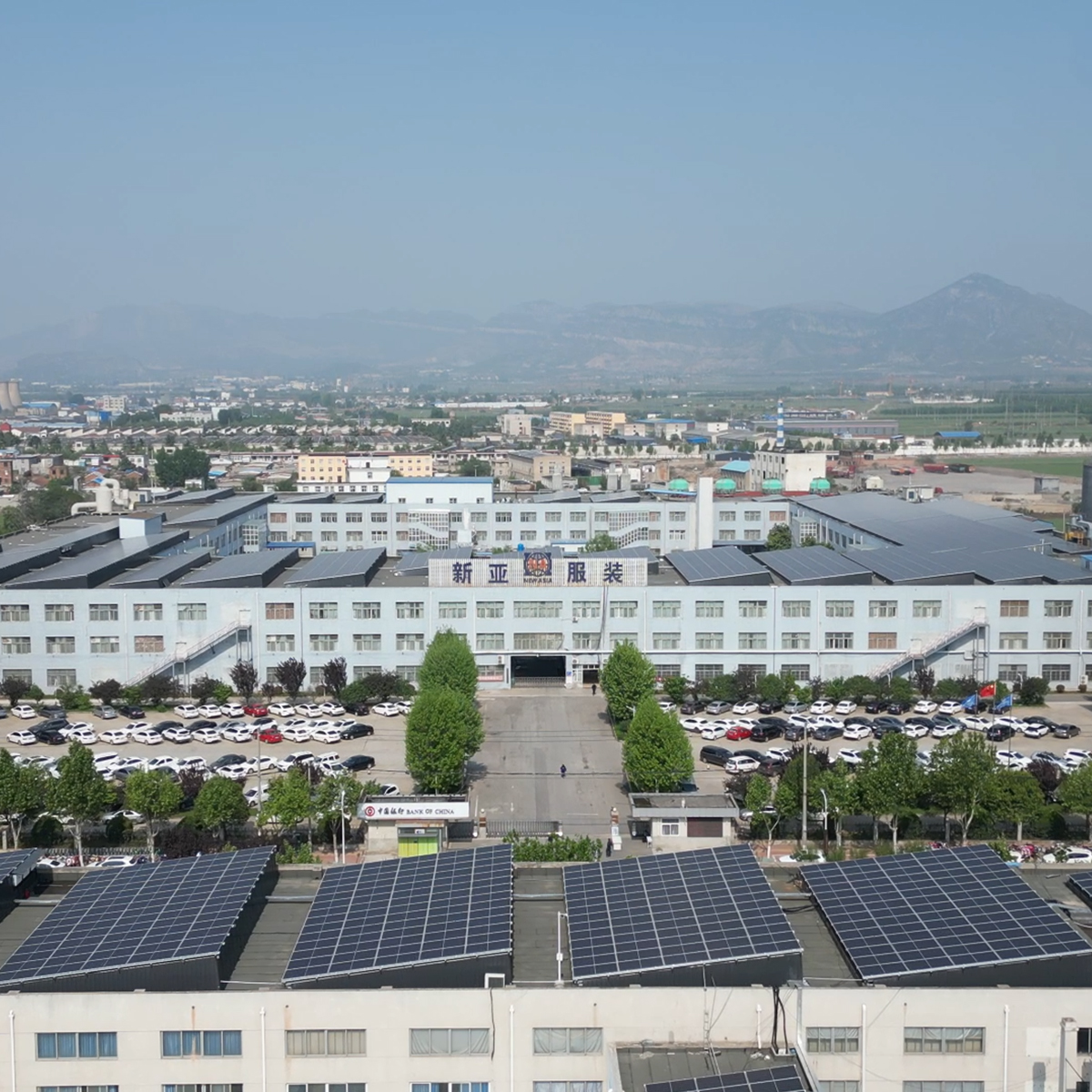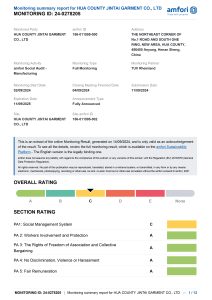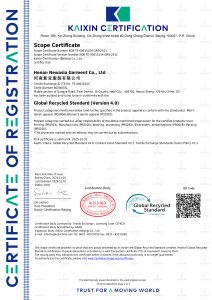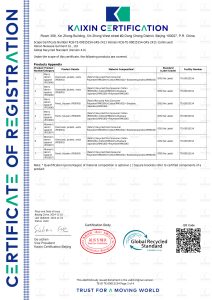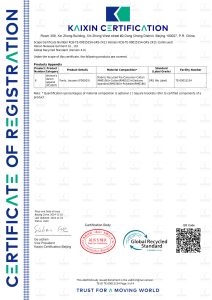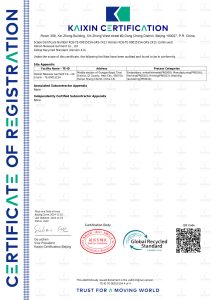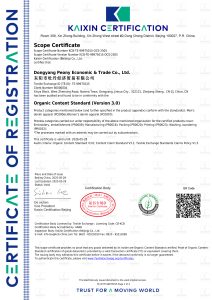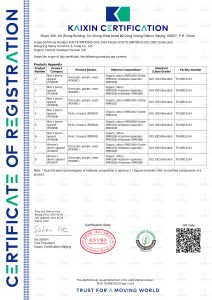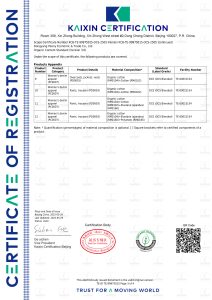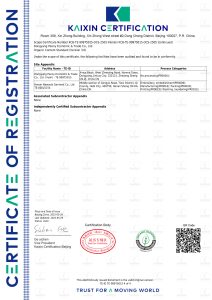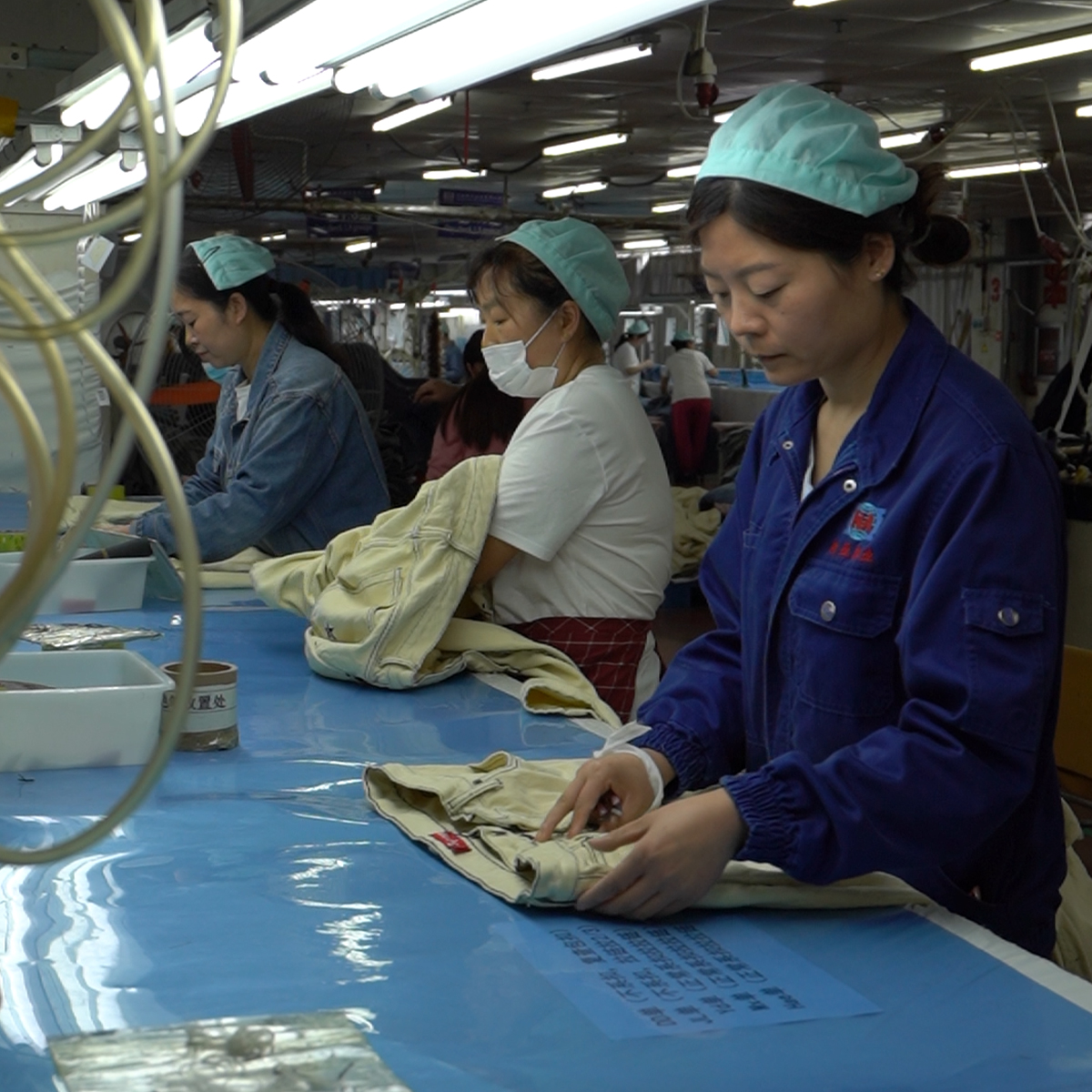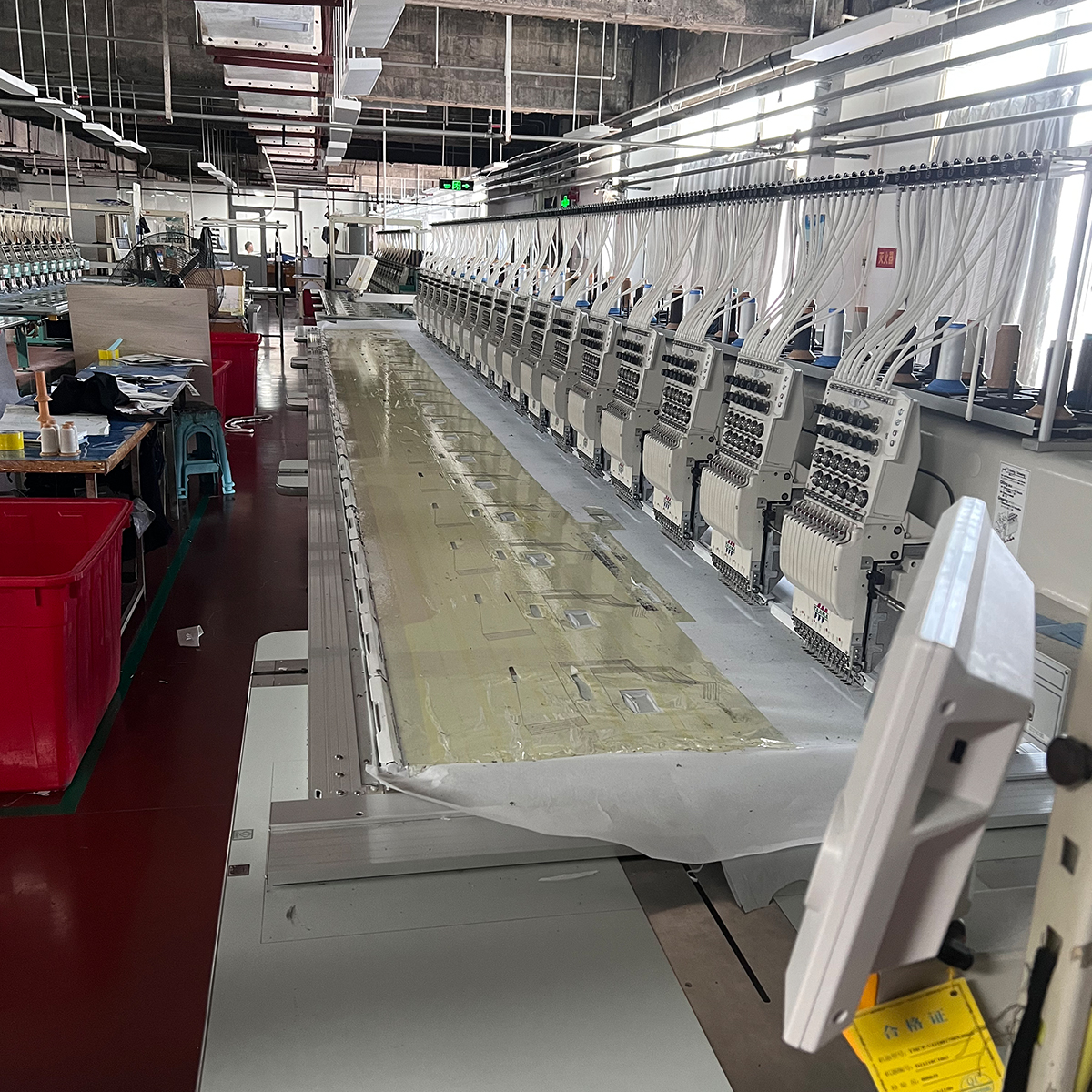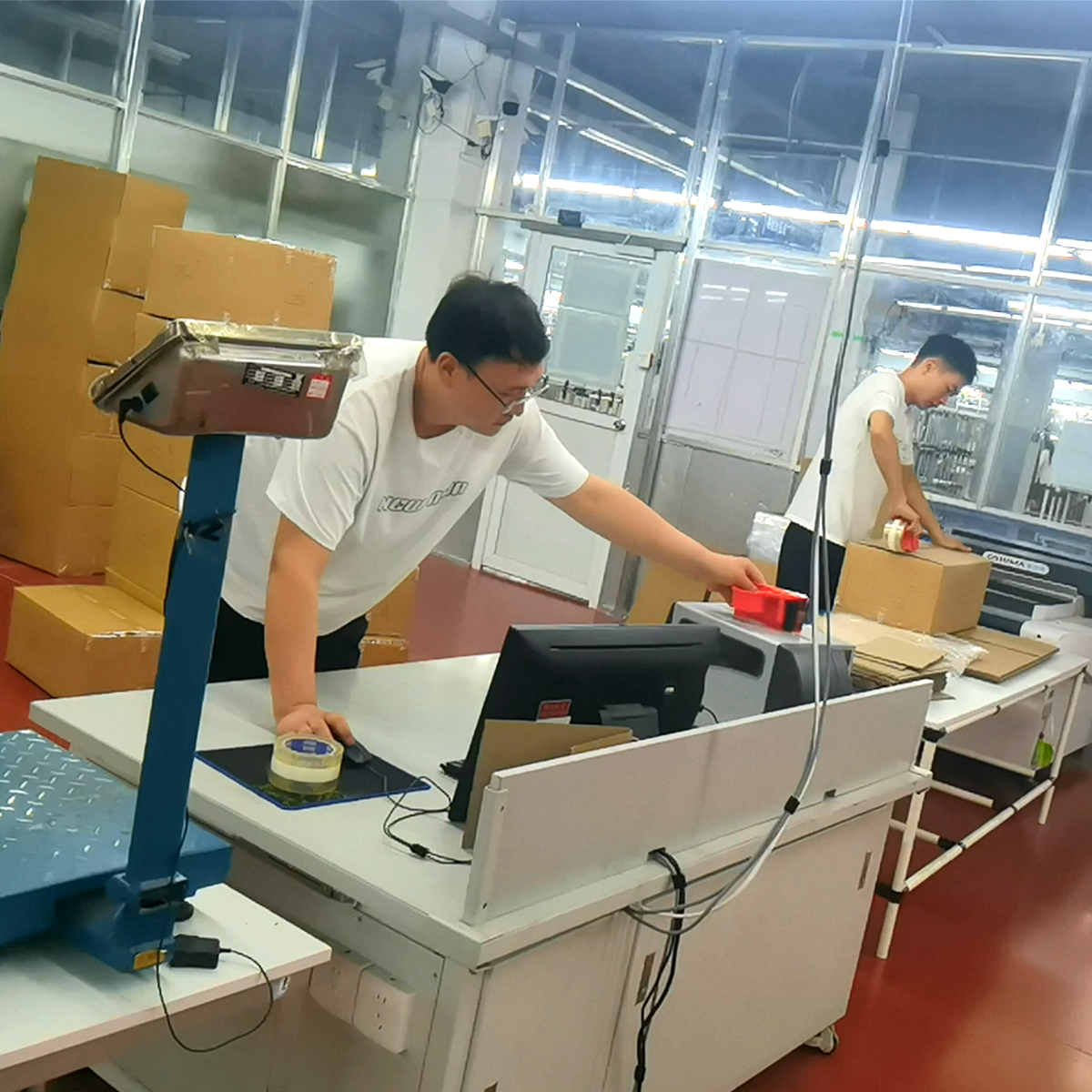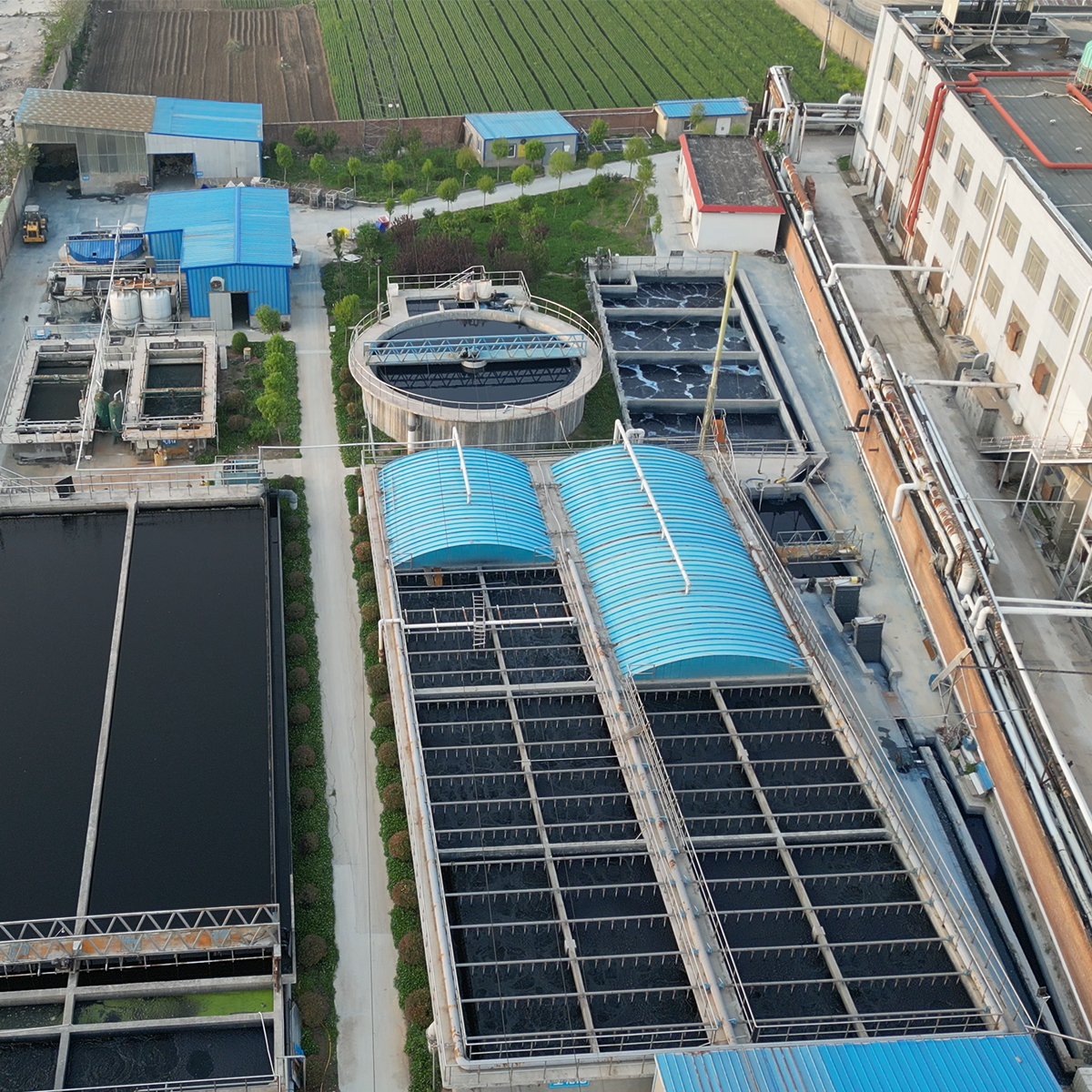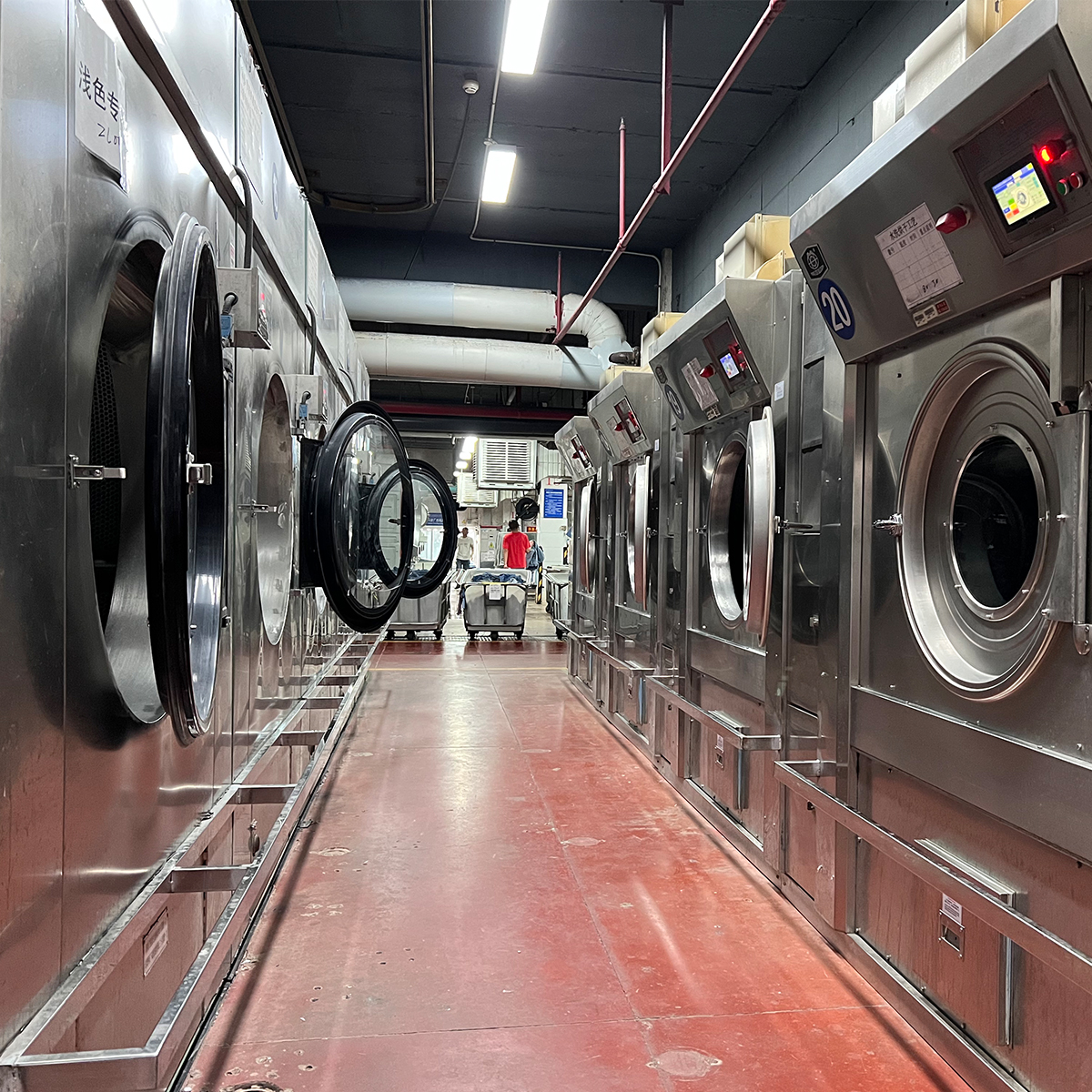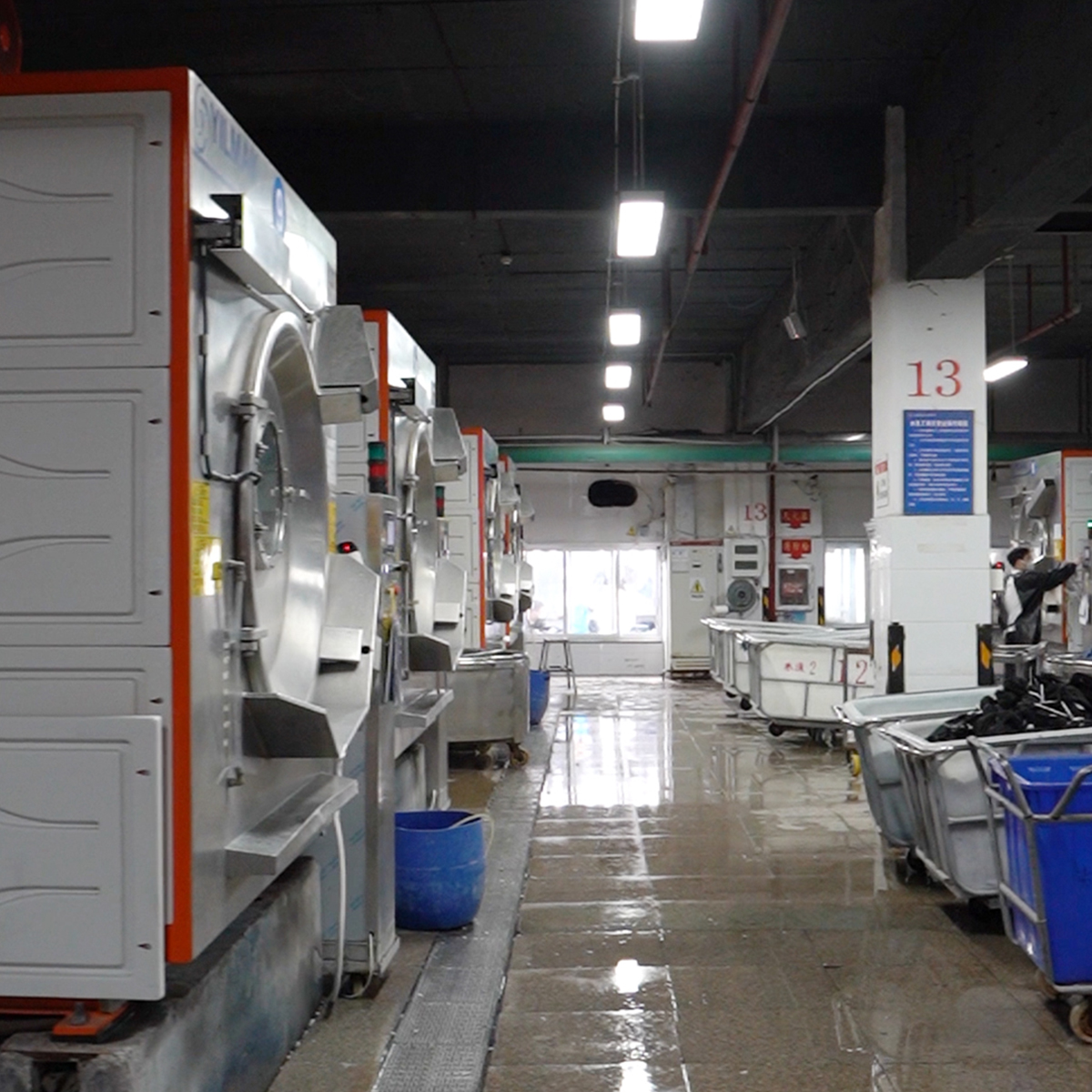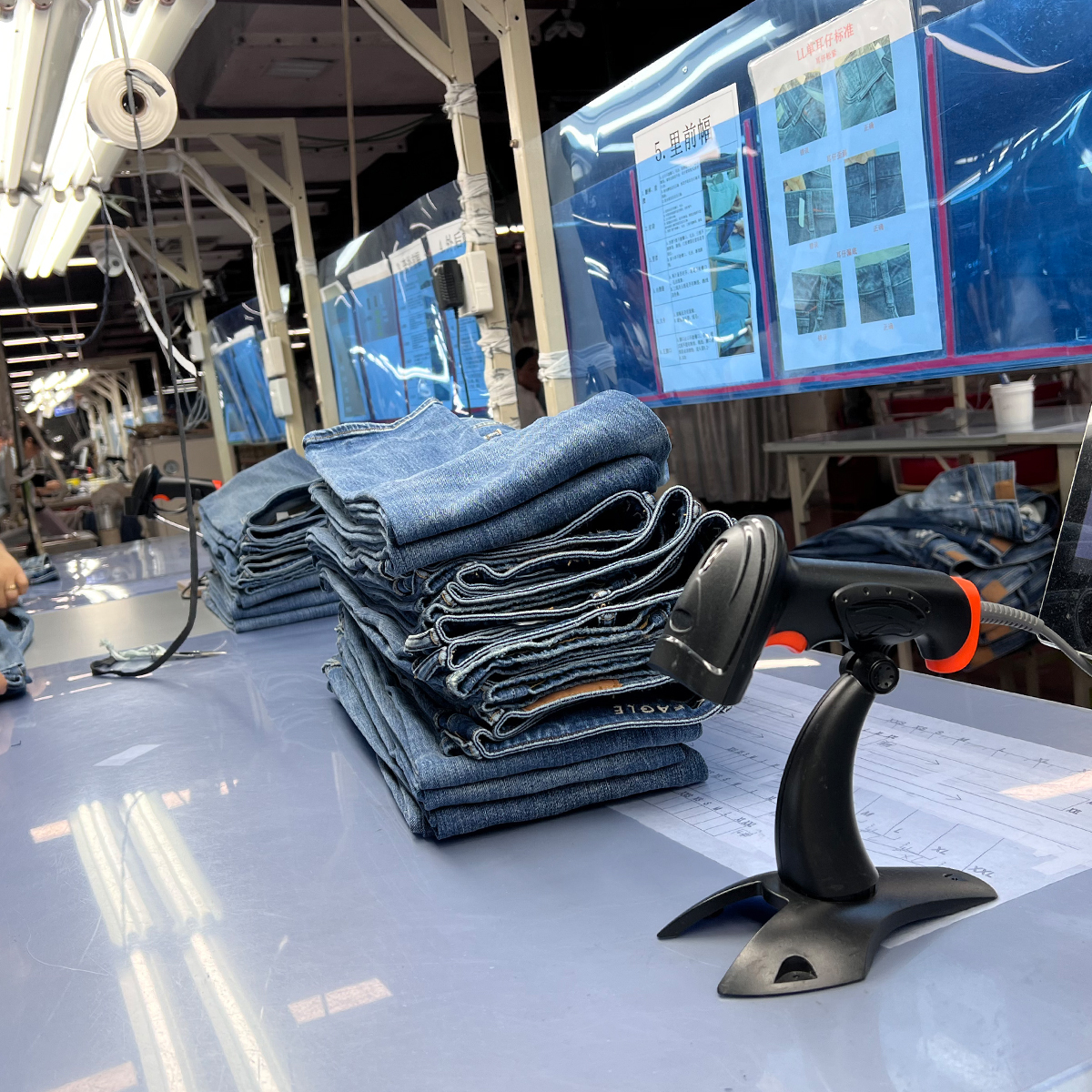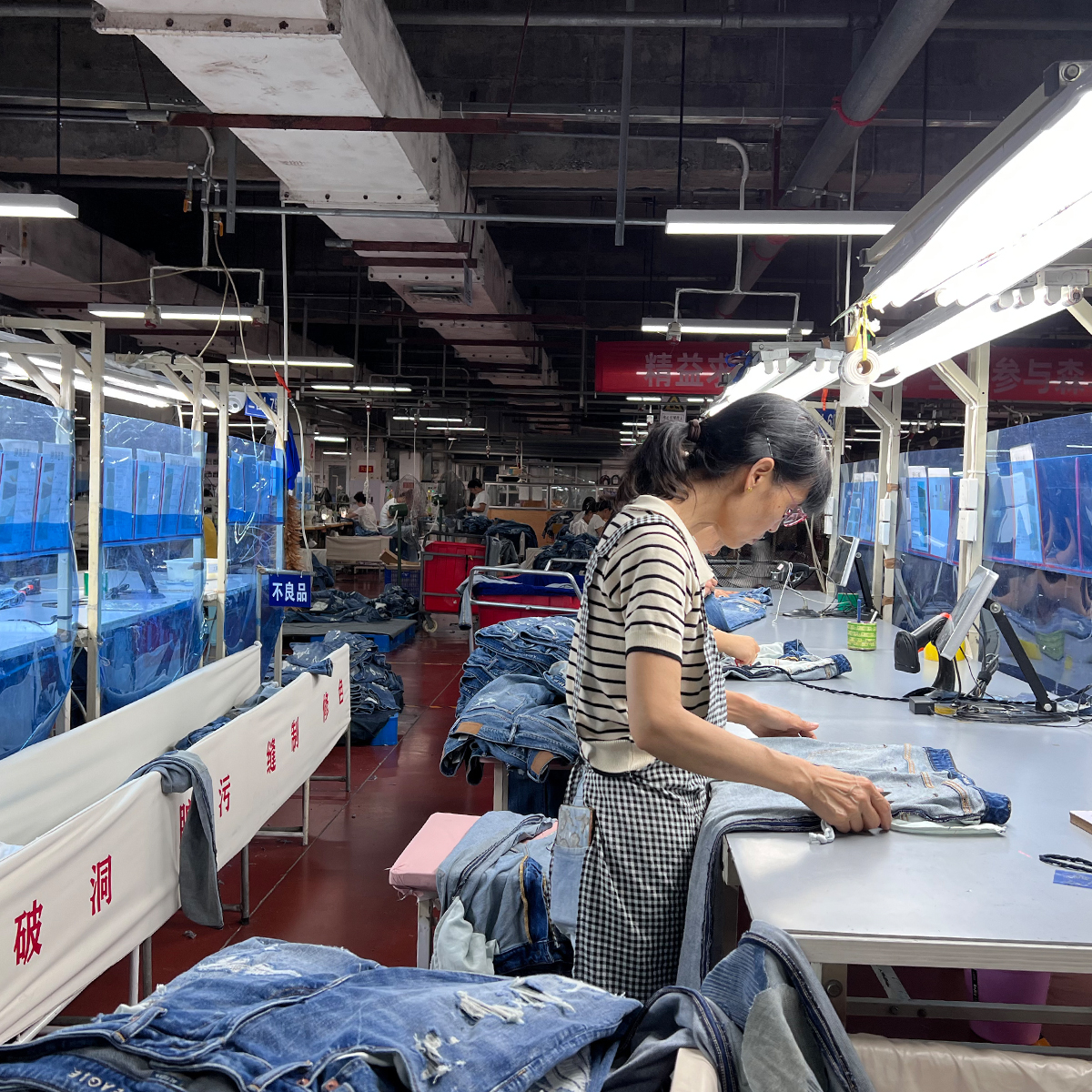Denim has long been a staple in the world’s fashion landscape. Its enduring appeal stems not only from its rugged durability but also from its adaptability to changing trends. As a professional content creator and SEO expert, I invite you to delve deep into the world of denim textile manufacturing, where innovation meets tradition. This article aims to explore how manufacturers are rethinking their processes, adopting sustainable practices, and embracing technological advancements to meet the modern consumer’s demands.
The Evolution of Denim
Before we analyze contemporary practices, it’s essential to understand the evolution of denim itself. Originating in the late 18th century in Nîmes, France, denim has traversed various transformations over the years. Today’s denim manufacturers are challenged with creating not only durable but also eco-friendly textiles. The demand for sustainable fashion continues to rise, pushing manufacturers to innovate and rethink traditional dyeing and weaving processes.
Technological Advancements in Denim Production
Modern denim manufacturing has witnessed significant technological advancements. Manufacturers are increasingly relying on automated systems to enhance production efficiency. For example, laser technology allows for precise and controlled fading effects, creating styles that were once labor-intensive and time-consuming. The use of computer-generated patterns ensures consistency across batches, minimizing waste and reducing the ecological footprint.
3D Knitting and Design
One of the most groundbreaking innovations in denim manufacturing is 3D knitting technology. It allows designers to create complex fabrics without the need for cutting and stitching, significantly reducing fabric waste. This technology uses specialized software to produce a single piece of fabric that can be directly molded into garments, providing both comfort and a bespoke fit for consumers.
Sustainable Denim Practices
As the fashion industry grapples with its environmental impact, denim manufacturers are stepping up with sustainable practices. The use of organic cotton has gained traction, as it utilizes less water and avoids harmful pesticides. Manufacturers are also implementing waterless dyeing techniques, dramatically reducing the water consumption that is typically associated with denim production.
Recycling Initiatives
Beyond just using sustainable materials, several manufacturers have initiated programs to recycle old denim. This not only keeps waste out of landfills but also provides materials for new products. By encouraging consumers to return their worn-out denim, companies are able to create a closed-loop system that benefits both the environment and the brand’s sustainability image.
The Role of Consumer Awareness
Today’s consumers are more informed than ever and are actively seeking brands that prioritize sustainability. Denim manufacturers are taking notice, shifting their marketing and production strategies to align with consumer values. Transparency in sourcing and production processes has become a vital component of consumer trust. Manufacturers are now more likely to showcase the story behind their products, evoking a deeper connection with buyers.
The Impact of Social Media
Social media plays a pivotal role in shaping consumer perceptions and brand narratives. Platforms like Instagram and TikTok have become vital channels for denim brands to share their sustainability initiatives. By engaging with audiences and promoting eco-friendly practices, brands can cultivate a loyal customer base that shares their values.
Challenges in Denim Manufacturing
Despite the advancements and positive trends, the denim industry faces numerous challenges. One of the most pressing issues is the balance between mass production and sustainability. Brands often find themselves in a dilemma, attempting to meet consumer demand for fast fashion while also adhering to eco-friendly practices. This conflict can lead to greenwashing, where companies exploit sustainability promises as marketing tools without making substantial changes to their practices.
Economic Pressures
Economic factors also play a significant role in shaping denim manufacturing today. Global supply chain disruptions, rising raw material costs, and labor shortages can compromise sustainability efforts. As manufacturers navigate these economic hurdles, fostering strong partnerships with suppliers and investing in community development become essential strategies for long-term success.
The Future of Denim Manufacturing
Looking toward the future, the denim textile industry is on the cusp of significant transformation. Continued advancements in technology will likely bring about more innovative materials, contributing to sustainability efforts. Biodegradable denim and engineered fabrics that adapt to body temperature are just a glimpse of the potential future offerings.
Education and Community Engagement
Moreover, education will play a crucial role in shaping the future of denim. By raising awareness of the environmental impacts of denim production and the importance of sustainable practices, manufacturers can empower consumers to make informed choices. Community engagement initiatives also foster a sense of shared responsibility, encouraging consumers to participate in sustainability efforts actively.
Final Thoughts
The path forward for denim textile manufacturers lies in embracing change. By integrating innovation with tradition and evolving consumer expectations, the industry can navigate its challenges while paving the way for a sustainable future. The evolution of denim is far from over, and as we continue to adapt and innovate, the possibilities are endless. Manufacturers who prioritize sustainability, harness technology, and foster community will not only survive but thrive in the ever-evolving landscape of fashion.



